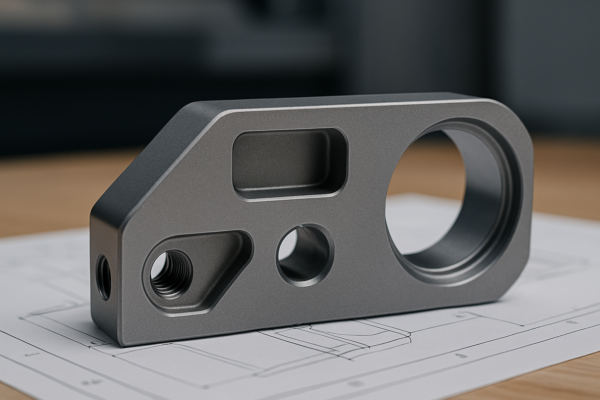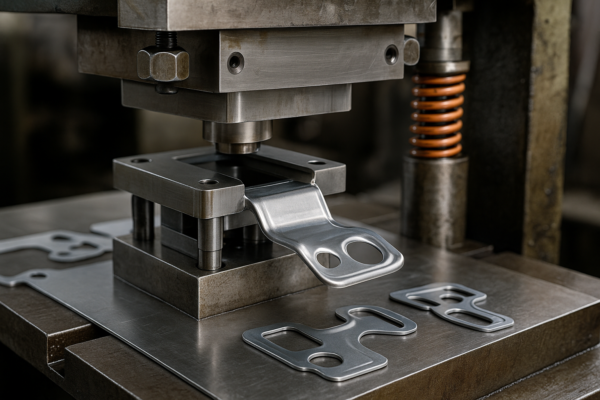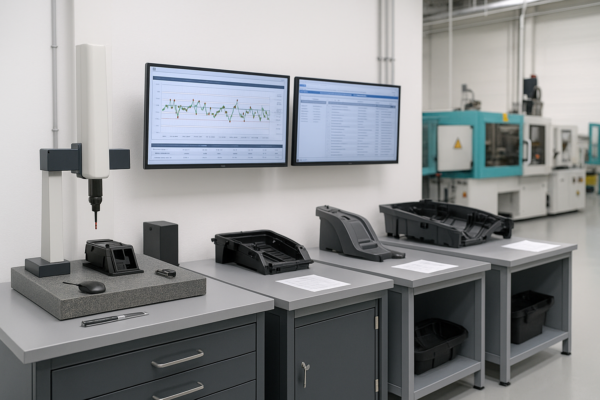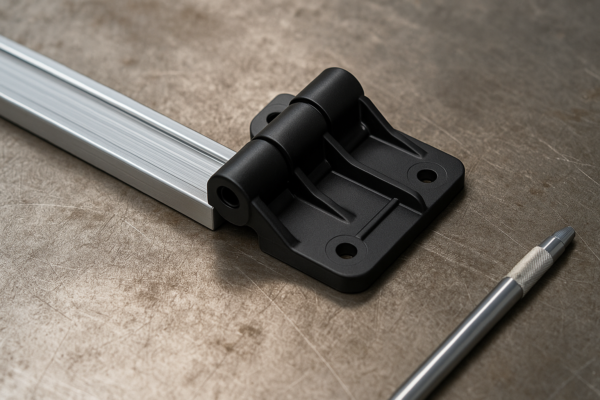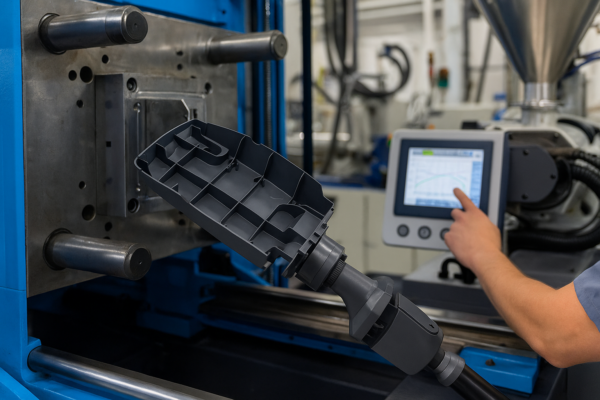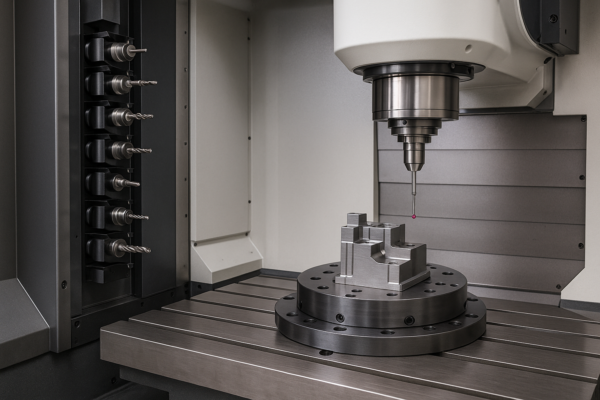What Does GMAW Mean in Welding?
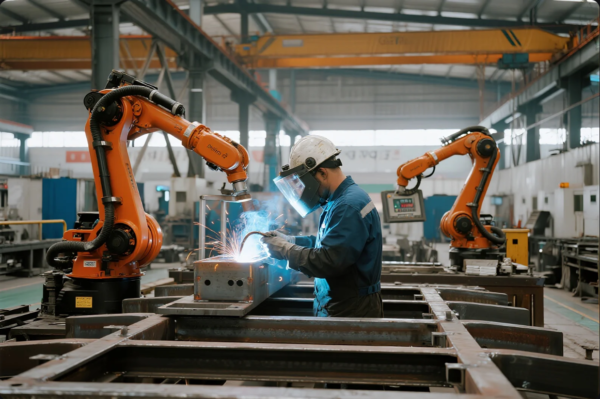
Understanding welding processes like GMAW is crucial for any company sourcing industrial metal parts. Many buyers encounter confusing terms and uncertain standards, which can lead to wasted time and costly mistakes.
GMAW stands for Gas Metal Arc Welding, a leading method using a shielding gas and a continuously fed wire electrode. It is now the global standard for high-efficiency, high-precision metal fabrication. Prime, an ISO-certified custom metal parts supplier, implements GMAW for projects across diverse industries.
Whether you are purchasing for automotive, aerospace, renewable energy, or construction, knowing the differences among welding processes like MIG, GTAW, and SMAW will help you find the right solution. Below, I will break down each process, help you navigate sourcing challenges, and share best practices—backed by more than 20 years’ manufacturing experience.
Table of Contents
- What Does GMAW Mean in Welding?
- What Is the Difference Between MIG and GMAW?
- What Is the Difference Between GMAW and GTAW?
- Is GMAW Automatic or Semi-Automatic?
- What’s the Difference Between GMAW and SMAW?
- When to Choose GMAW for Your Parts?
- How Prime Ensures Reliable GMAW Welding Quality
- FAQs about GMAW Welding
- Conclusion
- Contact Prime
What Is the Difference Between MIG and GMAW?
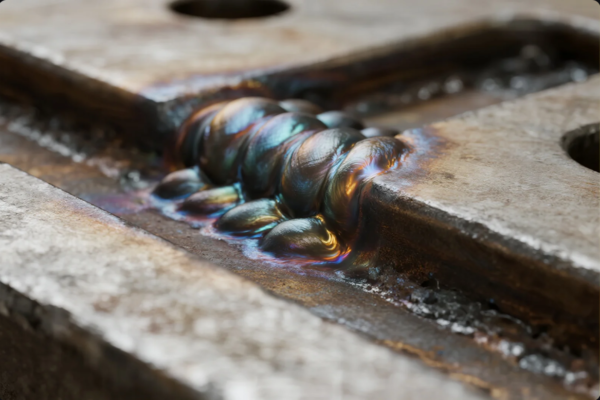
MIG and GMAW both use a wire electrode and shielding gas, yet many engineers get confused by the terms. This slows down purchasing and leads to miscommunication between suppliers and buyers.
MIG (Metal Inert Gas) welding and GMAW (Gas Metal Arc Welding) refer to the same process. "MIG" is the traditional name, widely used in the USA, while "GMAW" is the official standard term in international standards and technical documentation.
For example, major sourcing platforms like Alibaba, ThomasNet, and GlobalSources may use both terms. Most modern factories—especially those exporting to North America or Europe—label their processes as GMAW to meet the requirements of ISO and CE certifications.
MIG vs. GMAW: Why the Two Names?
"MIG" typically implies the use of inert gases like argon or helium, while "GMAW" is broader and includes both inert and active gases (e.g., CO₂ mixtures), making it suitable for a wider range of applications in industrial automation and energy infrastructure.
| Term | Full Name | Gas Type | Region/Usage |
|---|---|---|---|
| MIG | Metal Inert Gas Welding | Inert (Argon, Helium) | North America, UK |
| GMAW | Gas Metal Arc Welding | Inert/Active (CO2 Mix) | Global, Technical |
You can cross-check this on industry sites like Welding Design & Fabrication and Engineering360. When discussing with engineers, always confirm the gas mix and standards your project requires.
Dive Deeper: Why GMAW Is the Global Standard
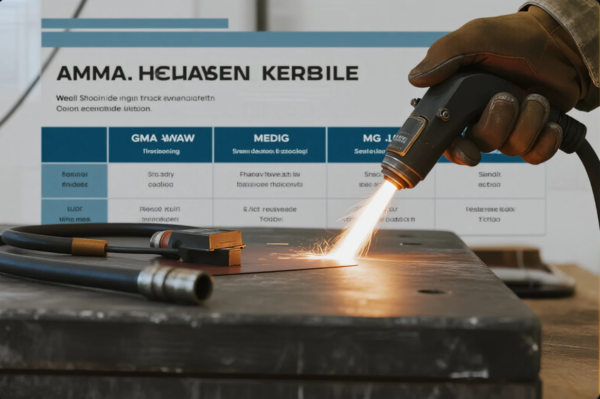
Understanding Terminology in Sourcing
As someone who has worked with buyers from Siemens, GE, Honeywell, and Bosch, I know how regional terms can create confusion in cross-border procurement. GMAW is recognized in all major international welding codes.
GMAW in International Supply Chains
| Standard | Region | Name Used | Application |
|---|---|---|---|
| AWS D1.1 | North America | MIG/GMAW | Steel structures |
| ISO 4063 | Europe/Global | GMAW | Industry-wide |
| GB/T 8110 | China | GMAW | Manufacturing |
Learning these distinctions improves RFQs and avoids delivery delays.
What Is the Difference Between GMAW and GTAW?
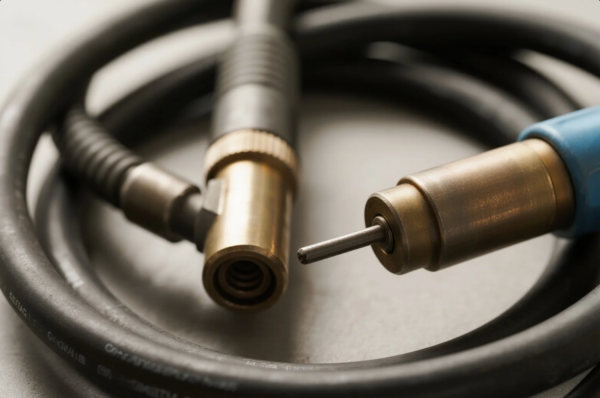
GMAW and GTAW often confuse buyers new to international metal sourcing. Both are arc welding processes, but their applications differ sharply.
GMAW uses a consumable wire electrode and shielding gas, making it efficient for high-speed, high-volume fabrication. GTAW (Gas Tungsten Arc Welding, also called TIG) employs a non-consumable tungsten electrode and produces extremely clean, high-quality welds for more sensitive projects.
If you are designing components for medical equipment, aerospace, or semiconductor applications, understanding this distinction is vital.
GMAW vs. GTAW: Comparing Process and Output
GMAW is ideal for medium to thick sections, repetitive jobs, and lower unit costs. GTAW is preferred where weld precision and appearance matter most—such as in pharmaceutical, food processing, and defense industries.
| Process | Electrode | Filler Metal | Speed | Quality | Typical Use |
|---|---|---|---|---|---|
| GMAW | Consumable wire | Auto-fed | High | Good | Mass production, steel |
| GTAW/TIG | Tungsten rod | Hand or auto-fed | Low-med | Very high | Aerospace, medical, clean |
Explore Lincoln Electric or Miller Welds for more technical data and side-by-side visuals.
Dive Deeper: When to Choose GMAW or GTAW?
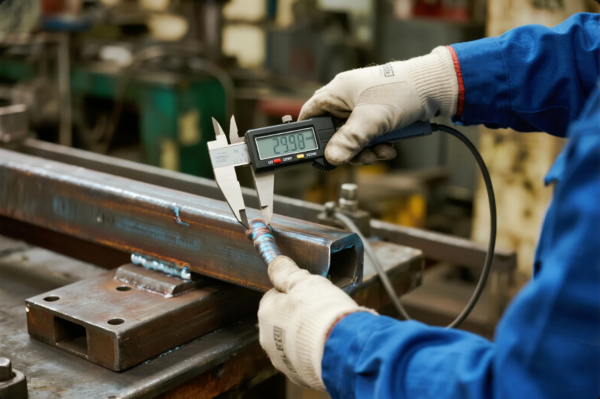
Process Selection and Product Quality
I recommend GMAW for most high-output, cost-sensitive projects, such as those in transportation or HVAC. For precision, thin-walled, or visually critical welds, GTAW is superior, but at a higher cost and slower throughput. At Prime, we support both, and 85% of our export orders—especially those destined for Europe, the US, or Australia—specify GMAW for production efficiency.
Key Factors to Consider
| Factor | GMAW (MIG) | GTAW (TIG) |
|---|---|---|
| Material thickness | Medium to thick | Thin to medium |
| Setup cost | Lower | Higher |
| Operator skill | Moderate | High |
| Production speed | Fast | Slow |
Research in publications like Welding Productivity and The Fabricator can help inform your decision.
Is GMAW Automatic or Semi-Automatic?
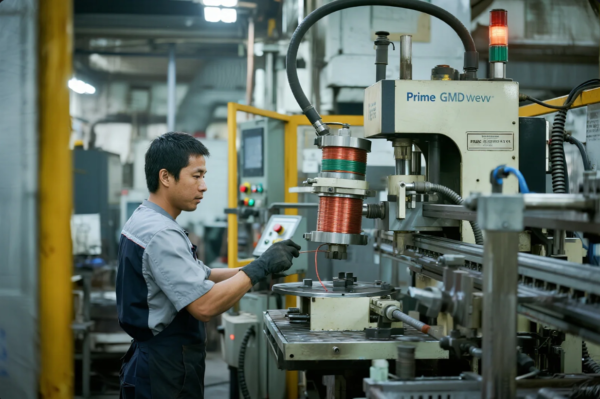
Automation levels impact quality, consistency, and cost. Buyers often ask: Is GMAW manual, semi-auto, or fully automated?
GMAW can be manual, semi-automatic, or fully automatic. Most mid-volume custom orders use semi-automatic lines. For repeatable, large-quantity production, advanced factories use fully automated robots and CNC welding cells.
Platforms like Robotics.org, FANUC, and KUKA provide insight into current automation technology.
Understanding Welding Automation Levels
| Method | Description | Typical Use |
|---|---|---|
| Manual | Operator controls all aspects | Small batch, repair |
| Semi-automatic | Operator controls torch, machine feeds wire/gas | Custom, mid-size orders |
| Fully automatic | Robots/CNC handle all, operator oversees process | Mass production, export |
On TWI Global, you’ll find a deeper look at GMAW automation.
Dive Deeper: When to Choose Each Level of Automation?
Labor, Consistency, and Cost
With increasing global labor costs, automation in welding is surging. At Prime, we operate semi-auto and robot lines for flexibility and speed. Fully automatic GMAW means less human error, perfect for large volume contracts as seen in automotive manufacturing and agricultural equipment.
| Parameter | Semi-Auto | Fully Auto |
|---|---|---|
| Speed | Good | Excellent |
| Flexibility | Excellent | Limited |
| Initial cost | Lower | Higher |
| Scalability | Medium | High |
Contact Prime to match the right level of automation for your project.
What’s the Difference Between GMAW and SMAW?
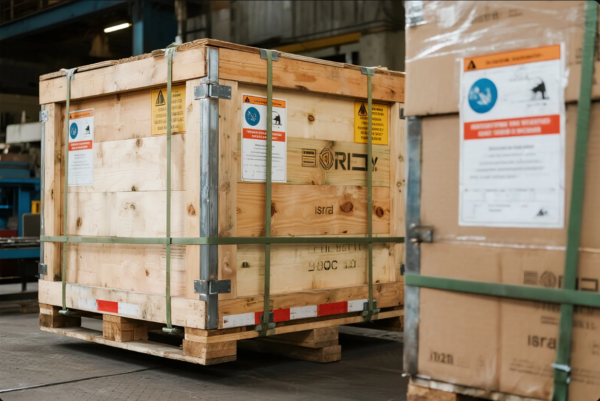
Many industrial buyers confuse GMAW with SMAW. Both are popular, but each has its place in the supply chain.
GMAW (MIG) uses a wire feed and gas shield, ideal for factories and mass production. SMAW (Stick Welding) uses a flux-coated electrode, favored for field repairs and construction. GMAW delivers faster, cleaner welds; SMAW is more portable and needs minimal equipment.
See more at Weld Guru and Miller Welds.
GMAW vs. SMAW: Applications and Output
| Process | Electrode | Shielding | Productivity | Clean-up | Applications |
|---|---|---|---|---|---|
| GMAW | Continuous wire | Gas shield | High | Minimal | Factory, export, volume |
| SMAW | Flux-coated stick | Flux (self-shield) | Lower | More slag | Field work, repairs |
Industry case studies, safety guidelines, and training are widely available online.
Dive Deeper: Choosing the Right Process for Your Project
Portability, Cost, and Results
SMAW is common for outdoor work in oil & gas, shipbuilding, or on-site maintenance where conditions are variable. GMAW dominates high-volume exports—especially for clients in machinery, rail, and renewables.
| Requirement | Choose GMAW | Choose SMAW |
|---|---|---|
| High throughput | ✓ | |
| Outdoor repair | ✓ | |
| Tight tolerance | ✓ | |
| Budget setup | ✓ |
Global standards from American Welding Society and TWI help guide best practices.
When to Choose GMAW for Your Parts?
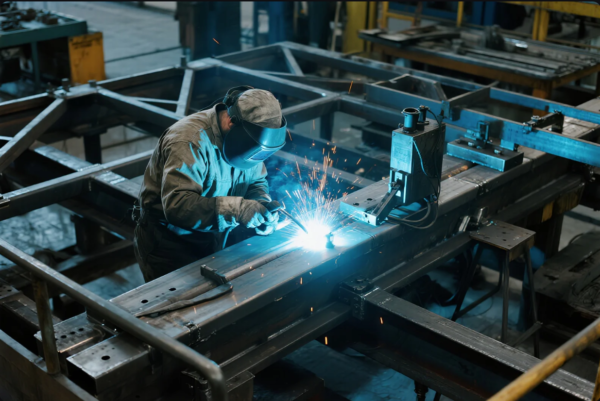
You should choose GMAW if you want reliable results, short lead times, and scalable output. The method is perfect for custom stamped parts, CNC parts, and complex assemblies.
GMAW is best for large orders, steel and aluminum projects, and any job requiring tight tolerances. Leading OEMs and global traders rely on GMAW for its balance of speed, cost, and quality.
Prime’s clients include buyers from North America, Europe, Australia, and the Middle East. We meet the needs of strict certification and traceability requirements for every order.
How Prime Ensures Reliable GMAW Welding Quality
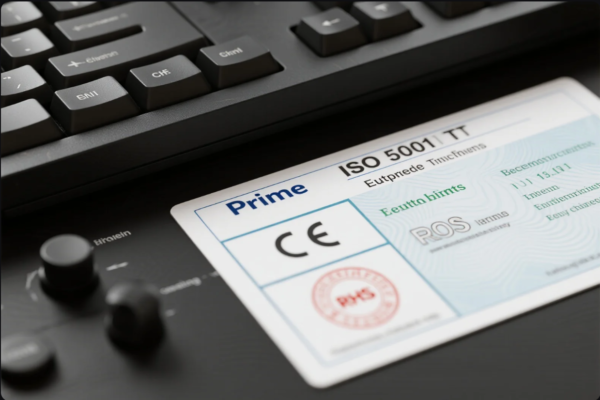
Quality and consistency are top priorities for any global buyer. At Prime, we guarantee all GMAW parts meet ISO 9001, CE, RoHS, and even ASME standards.
Every batch is tested for weld integrity, dimensional accuracy, and finish using industry-leading methods like NDT and third-party audits from SGS.
Our GMAW Quality Control Process
| Step | Description | Reference Standard |
|---|---|---|
| Incoming Inspection | Material grade, defects, certification | ISO 9001 |
| Welding Procedure | WPS compliance, process docs | AWS, ISO |
| In-process QC | Visual, NDT, dimensional tests | NDT.org |
| Final Inspection | Full report, customer approval | SGS Testing |
| Packaging & Export | ISPM15, anti-shock | Global shipping |
We also provide digital documentation, full order tracking, and multi-language support for seamless sourcing.
FAQs About GMAW Welding
What materials can be welded with GMAW?
GMAW works with carbon steel, stainless steel, aluminum, and more. For best results, specify your material grade. Metal Supermarkets offers a useful chart.
What are the main advantages of GMAW?
High speed, consistent quality, low post-weld cleaning, and automation-friendly. See Lincoln Electric’s GMAW Guide and Weld.com.
What are the common GMAW defects?
Possible defects include porosity, lack of fusion, and spatter. These are reduced with proper setup. More info at Weld Guru’s defect guide.
How do I specify GMAW in
my RFQ?
Include: material, thickness, weld length, finish, and certification needs. ThomasNet’s RFQ tips and MFG.com are helpful.
How does GMAW compare on cost?
Generally, GMAW is cheaper per weld than TIG or Stick, especially for volume runs. See Welding Productivity Magazine.
Is GMAW suitable for outdoor welding?
GMAW is less suitable for windy or outdoor conditions. SMAW or FCAW may be better. See TWI’s welding outdoors advice.
What is the maximum thickness for GMAW?
Prime typically recommends GMAW for up to 20mm, but with the right settings, even thicker joints are possible. Weld.com discusses max thickness.
Can I use GMAW on galvanized steel?
Yes, with pre-cleaning and good ventilation. Lincoln Electric’s guide on welding galvanized has details.
Are there standards for GMAW?
Yes, GMAW is covered by ISO 4063, AWS D1.1, and regional standards in China, Europe, and the US.
How do I ensure my supplier delivers top GMAW quality?
Look for ISO-certified factories, robust QA processes, third-party inspection, and traceable supply chains.
Conclusion
GMAW welding is the most efficient, flexible, and scalable solution for industrial metal parts. Understanding GMAW, MIG, GTAW, SMAW, and automation levels gives you a real advantage in sourcing. Choose the process and supplier that matches your project and quality goals.
Contact Prime
Ready to source ISO-certified custom metal parts? Have technical questions or need a quick quote?
Visit our website: https://primecustomparts.com/
Email: [email protected]
Get your free consultation and quotation now. Prime guarantees quick delivery and stable quality, backed by over 20 years of experience and 10 advanced production lines. For more sourcing tips and industry updates, follow trusted platforms like Made-in-China, Global Sources, ThomasNet, Alibaba, TradeIndia, IndiaMART, and Engineering360.

